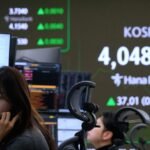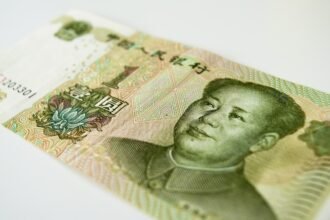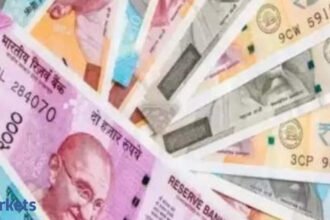India, Philippines, South Korea under heavy strain
The Indian rupee and Philippine peso have both hit historic lows in recent months, while the South Korean won is hovering near a 16-year low — forcing several Asian authorities to step up intervention.
India’s central bank has intervened both onshore and offshore to prevent the rupee from sliding past its previous record low of 88.80 against the dollar. The currency has come under pressure from Washington’s decision to impose up to 50% tariffs on Indian imports and from persistent foreign outflows from Indian equities.
South Korea is facing similar challenges. With the won down 3.2% last month, officials have coordinated with major institutional players — including the National Pension Service — to stabilise the market.
Japan, meanwhile, continues to rely on verbal intervention, as Finance Minister Satsuki Katayama escalates warnings after the yen touched a 10-month low.
Risk of a clash with Washington
A more aggressive defence of Asian currencies could push the region closer to conflict with US President Donald Trump, who links currency intervention to grounds for raising tariffs. Taiwan recently agreed with the US Treasury to avoid currency manipulation — a sign that Washington is watching Asian FX moves more closely.
Although the latest US Treasury report stopped short of labelling any country a “currency manipulator,” it criticised China for a lack of transparency and placed several Asian economies — including China, Japan, South Korea, Taiwan, Singapore and Vietnam — on its close-monitoring list.


















